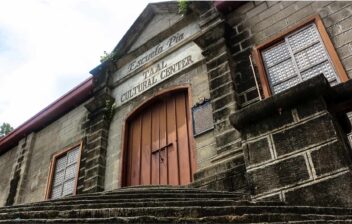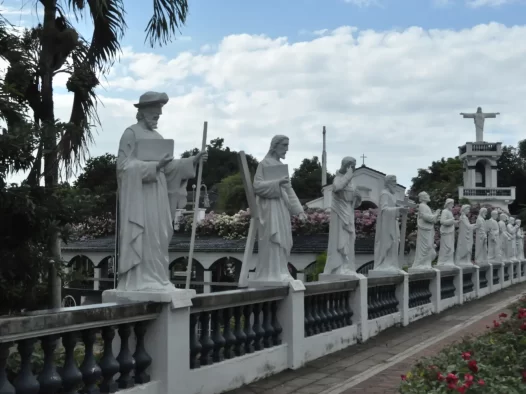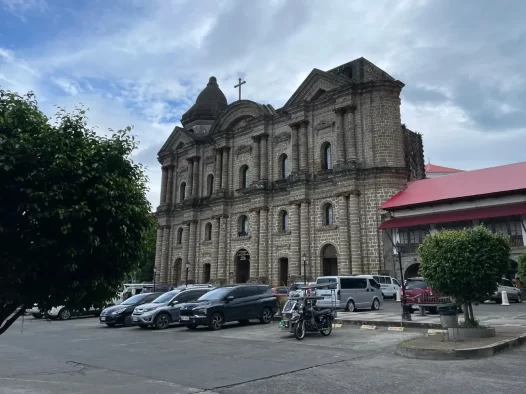Taal
Taal is a municipality located in the province of Batangas, Philippines. It is known for its old ancestral houses and is home to the Marcela Coronel Mariño de Agoncillo ancestral house, which now serves as a museum. The town’s central business district is designated as a National Historical Landmark. Taal is recognized as the Balisong and Barong Tagalog Capital of the Philippines and boasts numerous heritage structures dating back to the Spanish colonial period. Efforts are underway to have Taal included in the UNESCO World Heritage List.
Geographically, Taal is a coastal municipality with a land area of 29.76 square kilometers. As of the 2020 Census, its population was recorded at 61,460, making up 2.11% of the total population of Batangas province and 0.38% of the overall population of the CALABARZON region. The population density is estimated at 2,065 inhabitants per square kilometer or 5,349 inhabitants per square mile.
History and Heritage
In the annals of history, the illustrious town of Taal emerged as a testament to the visionary endeavors of the esteemed Augustinian friars, who, in the year of our Lord 1572, laid the very foundations of this captivating settlement. However, as the hands of time continued their eternal dance, the town gracefully shifted its abode to the serene edge of Domingo Lake, a shimmering gem that would later be hailed as Taal Lake, in the year 1575.
Yet, amidst the tranquility that graced this picturesque land, the rumblings of fate would make their presence known. In 1754, Taal Volcano unleashed its fiery wrath, casting a shadow of peril over the cherished town of Taal, nestled in the embrace of San Nicolas. With hearts intertwined in trepidation, the resilient townsfolk, guided by the wisdom of the venerable Augustinian Francisco Benchucillo, sought sanctuary within the hallowed grounds of the esteemed Caysasay sanctuary.
In the tapestry of time, the year 1955 unfolded like a chapter of change. The ethereal northern barrios, bearing names as melodious as San Nicolas, Gipit, Bangin, Pansipit, Calangay, Sinturisan, Talang, Abilo, Balete, Bancora, Saimsim, Maabud, Mulawin, Tambo, Calumala, Alasas, Calawit, and Pulangbato, were emancipated from the embrace of Taal. In a harmonious symphony of progress, these radiant barrios united as the municipality of San Nicolas, carving their own destiny in the realm of existence.
Thus, the tale of Taal unfolds, where the echoes of its founding reverberate through time, intertwined with the resilience of its people, and the interplay of nature’s forces. A living testament to the ebb and flow of history, Taal stands as a testament to the enduring spirit that breathes life into its storied streets.
Climate
The rainy season starts in June and ends in November. When December comes, the people experienced a very cool dawn. The summer season on the month of March to the end of May.
If you prefer a hassle-free trip, you can rent a car or hire a private vehicle for more convenience and flexibility. Public transportation, such as buses and jeepneys, is also available and can be a more budget-friendly option.
Batangas: Where history, beauty, and resilience converge, creating a tapestry of captivating stories and unforgettable moments.
EL PASUBAT Festival
The El PASUBAT Festival, eagerly awaited each April, is a grand celebration uniting the finest trademarks of Taal—a town brimming with cultural heritage and delectable offerings. The acronym “EL PASUBAT” symbolizes the diverse range of delicacies and crafts that have made Taal famous and beloved. Representing Taal’s culinary and artistic prowess, “EL PASUBAT” embraces Empanada’s mouthwatering pastry, Longganisa’s flavorful Filipino sausage, Panutsa’s sweet sugarcane treat, Suman’s delightful rice cake wrapped in banana leaves, Balisong’s renowned butterfly knife craftsmanship, Barong Tagalog’s elegant traditional Filipino attire, Tapa’s delicious cured meat, Tamales’ scrumptious rice and meat dish, and finally, Tawilis and Tulingan, the native fish of Taal’s pristine waters.

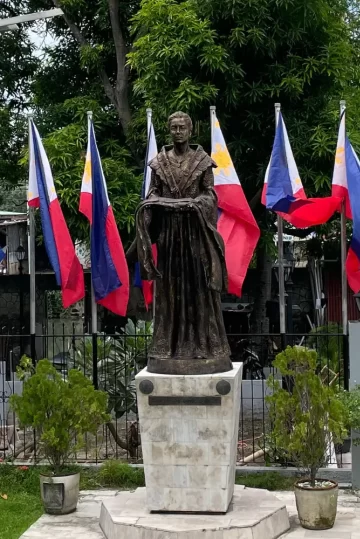
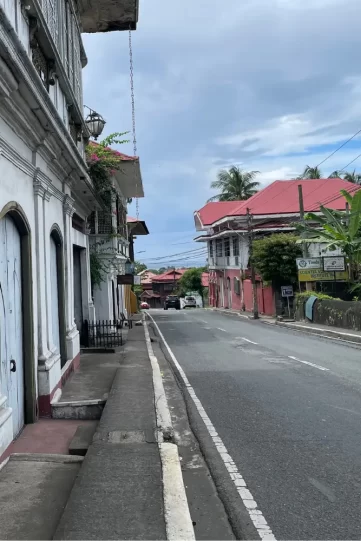
Local Attractions
Batangas in the Philippines offers a range of local attractions that cater to various interests. These are just a few of the attractions you can explore in Batangas. Whether you’re interested in history, nature, or relaxation, the city offers something for everyone.
Getting Around

Buses
Buses provide transportation for longer distances, connecting Batangas with other regions and provinces. These buses have designated terminals and offer a more comfortable option for longer journeys.

Jeepneys
Jeepneys are a staple mode of public transportation in the Philippines. They are colorful, elongated jeeps that can carry multiple passengers. Jeepneys follow specific routes and have fixed fares.

Tricycles
These motorized vehicles consist of a motorcycle with a sidecar, which can accommodate around 3 to 4 passengers. Tricycles are commonly used for short trips within the city, and fares are usually negotiable.
